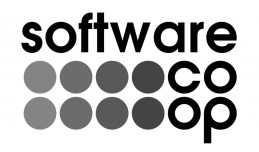I’ve ordered some USB charging leads for various portable devices, mainly because I’ve already got mains-USB and car-USB power adapters (they came with a bluetooth headset that charges from USB) and I agree with things like this:
“management of an individual charger for each device is becoming a pain in the backside. Since the USB power form specification is a standard, ANY charger with sufficient load capability should be able to charge ANY device.” (from USB As A Power Source)
but I’ve also heard that charging from USB is greener – or more precisely that because your computer’s power supply is running anyway, it uses less electricity to plug battery chargers onto the Universal Serial Bus than to plug in “wall-wart” DC adapters. But is this claim true?
Claims from USB recharging product sellers concentrate on the obvious “less waste compared to disposable batteries” strength, although some smarter chargers cut power to charged devices – it’s not clear whether the mass-market USB battery chargers do this, but the reasons and the electronics don’t look that complicated. China (not famous for environmental protection yet) now requires USB-charging of mobile phones while a mobile phone industry body has recommended the same approach in general.
However, there are concerns about whether Power over Ethernet is making networks less green, which might be true for USB if devices demand more high-power sockets and device makers don’t include intelligent control electronics (which people generally don’t want to pay for).
Is USB charging greener than mains charging? I’m not sure and I haven’t found any great answers – can you?
I guess in the worst case, I can try some tests with a power meter later…


6 Responses to USB Charging: Greener or Not?